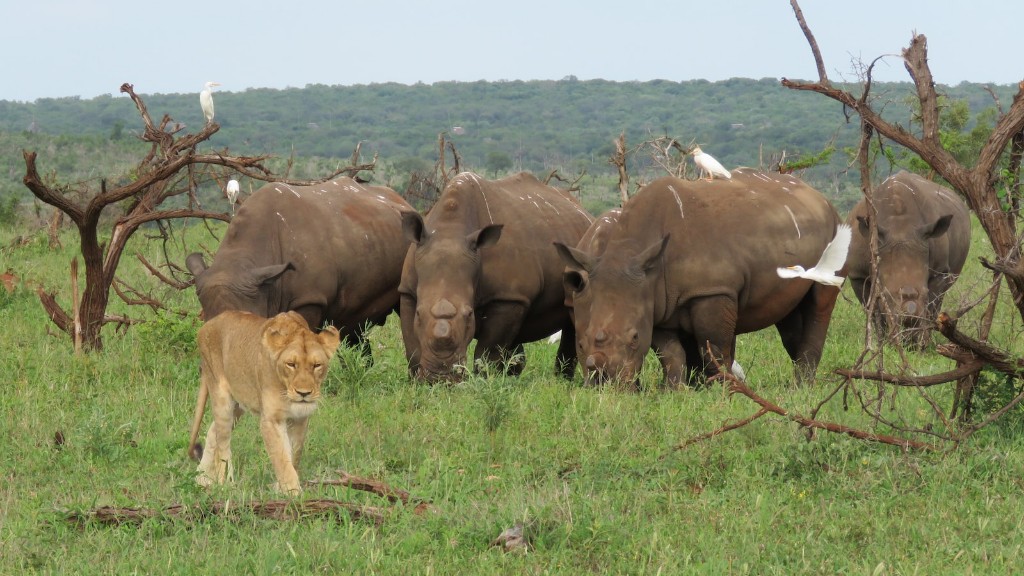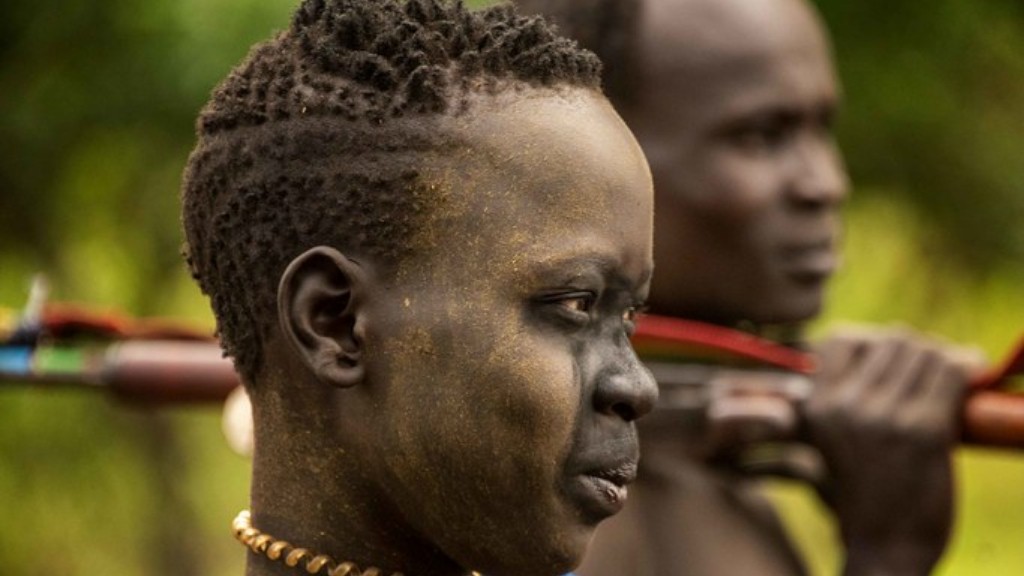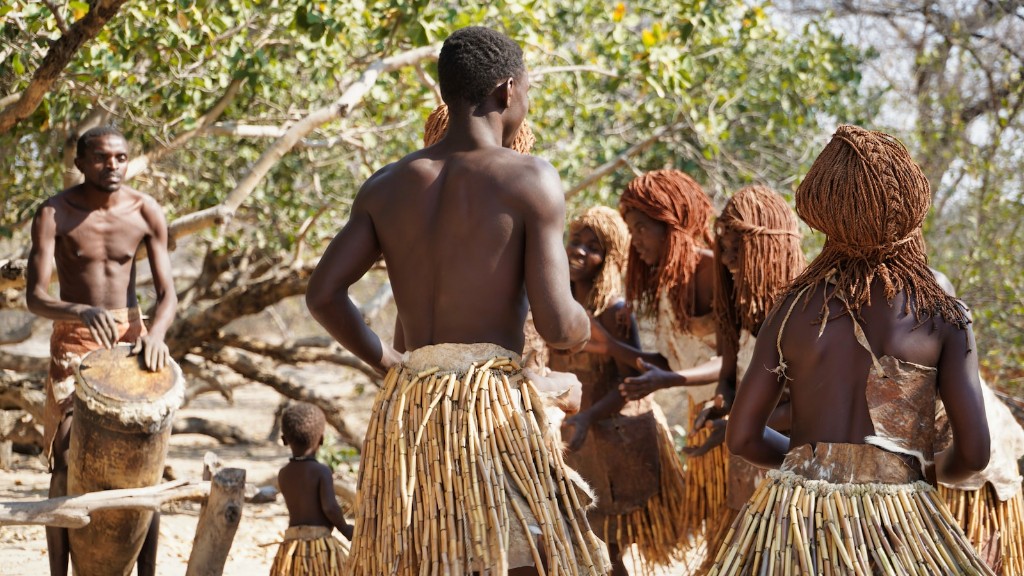Genetic Difference among African Tribes
Africa is a continent of immense cultural diversity. With over 2,000 distinct ethnic groups, it is home to one-sixth of the world’s population. However, what is often overlooked is the genetic variation that exists among these various tribes. In recent years, scientists have made significant strides in understanding the genetic differences between African tribes, shedding light on their unique histories, migration patterns, and susceptibility to certain diseases.
To comprehend the genetic variation among African tribes, it is necessary to understand the continent’s complex history. Africa is widely regarded as the cradle of humanity, with the earliest Homo sapiens originating from the region. Over time, these early humans dispersed across the continent, leading to the development of distinct tribes with their own customs, languages, and genetic profiles.
One significant genetic factor among African tribes is their ancestry. Some tribes, such as the Yoruba in Nigeria or the Khoisan in Southern Africa, have deep ancestral roots in specific regions, spanning thousands of years. Genetic studies have revealed that these tribes can trace their lineage back to the earliest human populations, providing valuable insights into the genetic makeup of our common ancestors.
Another crucial aspect of genetic differences among African tribes lies in their migration patterns. As tribes migrated across the continent in search of resources or due to conflicts, they encountered new environments and other groups. These interactions often resulted in the exchange of genetic material through intermarriage, leading to the mixing of genetic backgrounds. This continuous gene flow has contributed to the rich genetic diversity seen in Africa today.
Furthermore, the genetic differences among African tribes carry implications for health and disease. Several studies have shown that certain genetic variations within specific tribes confer protection against particular diseases prevalent in Africa, such as malaria or HIV/AIDS. Understanding these genetic variations can aid in the development of targeted interventions and treatments to combat these diseases effectively.
Experts have also emphasized the importance of genetic research in African tribes for addressing health disparities and improving healthcare outcomes. By studying the genetic profiles of different tribes, scientists can identify specific genetic markers associated with diseases, leading to more accurate diagnosis and treatment for individuals from these tribes.
In addition to the scientific insights gained from genetic research, analyzing the genetic differences among African tribes promotes a broader understanding and appreciation of Africa’s rich cultural heritage. Genetic studies have provided valuable evidence of the interconnectedness and shared ancestry between tribes, highlighting the unity and diversity of the African continent.
Migration Patterns and Genetic Variation
The migration patterns among African tribes have played a pivotal role in shaping their genetic variation. As tribes migrated across vast distances, they encountered new environments and encountered other groups, leading to the exchange of genetic material through intermarriage.
These migration patterns have contributed to the diverse genetic landscape seen in Africa today. For instance, the Bantu expansion, which began around 3,000 years ago, resulted in the spread of Bantu-speaking tribes across much of sub-Saharan Africa, leading to genetic mixing among different groups and the formation of distinct genetic clusters.
Migration patterns have also influenced the genetic differences observed between tribes within specific regions. For example, in East Africa, the Nilotic-speaking tribes such as the Maasai and Luo exhibit distinct genetic profiles and are believed to have migrated from Sudan, Ethiopia, and other regions in the Nile Valley. Understanding these migration patterns helps reveal the genetic roots and connections between various African tribes.
Impact of Environment on Genetic Differences
The diverse environments across Africa have also contributed to the genetic differences among tribes. The continent features a wide range of ecosystems, from the arid deserts of the Sahara to the lush rainforests of Central Africa. These different ecological regions present varying selection pressures and environmental challenges, leading to the development of unique genetic adaptations.
For example, tribes living in malaria-endemic regions have developed genetic variations that provide resistance or protection against the disease. Studies have identified specific genetic mutations, such as the sickle-cell trait or G6PD deficiency, that confer a survival advantage against malaria, but may also increase susceptibility to other health conditions. Understanding these genetic adaptations is crucial for developing effective public health strategies to combat malaria and other diseases.
Language Diversity and Genetic Variation
Africa is home to an extraordinary linguistic diversity, with over 2,000 distinct languages spoken by various tribes. Interestingly, language differences often align with genetic variation among tribes.
Researchers have found a correlation between genetic and linguistic diversity, suggesting that languages evolve alongside genetic distinctions. Some studies have even used language data to predict genetic ancestry and relationships among African tribes, highlighting the close relationship between culture, language, and genetics.
Preserving Genetic Diversity and Cultural Heritage
Understanding and preserving the genetic diversity among African tribes is not only important for scientific research but also for cultural heritage preservation. The genetic differences among tribes reflect the rich tapestry of Africa’s cultural heritage, with each tribe offering unique insights into human history, migration, and adaptation.
Preserving genetic diversity involves respecting the rights and autonomy of indigenous populations. It requires ethical and responsible research practices that prioritize informed consent and benefit-sharing with the communities involved. By doing so, scientists and researchers contribute to an inclusive and collaborative approach to genetic research, ensuring that African tribes’ genetic heritage is conserved for future generations.
In conclusion, the genetic differences among African tribes are a testament to the continent’s complex history and cultural diversity. Through genetic research, scientists are unraveling the intricate tapestry of Africa’s genetic landscape, providing valuable insights into our shared human ancestry, migration patterns, health disparities, and cultural heritage. By embracing and understanding these differences, we can foster a more inclusive and equitable world that values and celebrates the contributions of all human populations.



